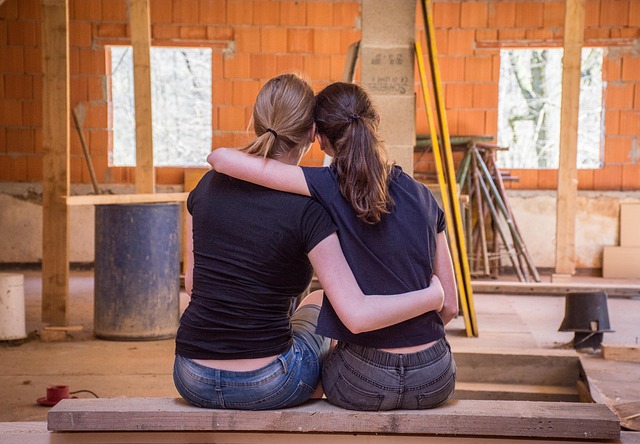
Understanding the Emotional Blueprint: Relationship Advice for Building Empathy
In the intricate dance of relationships, understanding our emotional structure can be the key to fostering empathy and deepening our connections with others. Every individual carries a unique emotional blueprint shaped by their experiences, values, and beliefs. Recognizing this complexity in ourselves and in those we care about can profoundly impact the way we navigate our interactions.
Identifying Your Emotional Structure
The first step towards building empathy in any relationship is to engage in self-reflection. Take a moment to explore your own emotional responses. What triggers feelings of joy, sadness, or frustration for you? By understanding your emotional structure, you equip yourself with the tools needed to express your feelings articulate and navigate conflicts more effectively.
Keep a journal of your emotional experiences. Observe patterns in your reactions. Do you feel more vulnerable during certain situations? This awareness will help you convey your emotions to your partner or loved ones in a way that encourages understanding rather than confusion.
Empathy in Action: Listening and Validating
Building empathy in relationships is not just about expressing your own emotions but also about actively listening and validating the feelings of others. When your partner shares their thoughts, try to set aside your own experiences and truly hear them. This means giving them your full attention, asking open-ended questions, and reflecting back what they’ve shared.
Validation is a powerful tool. Acknowledge their feelings, regardless of whether or not you agree with their perspective. Phrases like, “I can see why you feel that way” or “That sounds really tough” can create an emotional safe space for deeper connection. By allowing your partner to feel heard and understood, you lay the groundwork for mutual empathy.
Communicating Needs and Boundaries
To cultivate empathy in relationships, it’s essential to communicate your needs and boundaries clearly. Often, misunderstandings arise from unspoken expectations. Be open about what you need from your partner and what you are comfortable with. This not only helps in managing your emotional structure but also encourages your partner to express their needs.
Consider using “I” statements to express how certain actions affect you emotionally. For instance, “I feel overwhelmed when plans change suddenly,” can minimize defensiveness and open up a constructive dialogue. When both partners feel safe to express their needs, relationships can flourish with understanding and compassion.
Practicing Patience and Compassion
Building empathy is not an overnight process; it requires consistent effort and practice. Embrace moments of discomfort as opportunities for growth. When conflicts arise, approach them with patience. Remember, your partner’s emotional structure may differ from yours, and that’s perfectly normal. Rather than reacting impulsively, take a step back to consider their viewpoint.
Actively practicing compassion towards yourself and your partner is crucial. Acknowledge imperfections and remember that everyone is a work in progress. By approaching each other with kindness, you create a nurturing environment conducive to emotional growth.
Final Thoughts
Navigating the emotional structures of ourselves and our loved ones can be complex, but the rewards of fostering empathy in relationships are immeasurable. By understanding our emotional blueprints, practicing active listening, communicating our needs, and embracing patience, we can forge deeper connections that endure through life’s many challenges.

